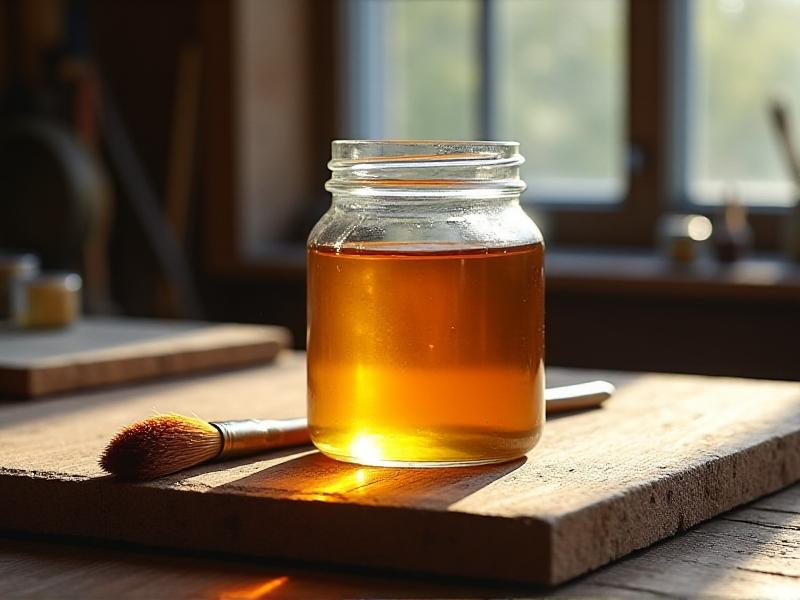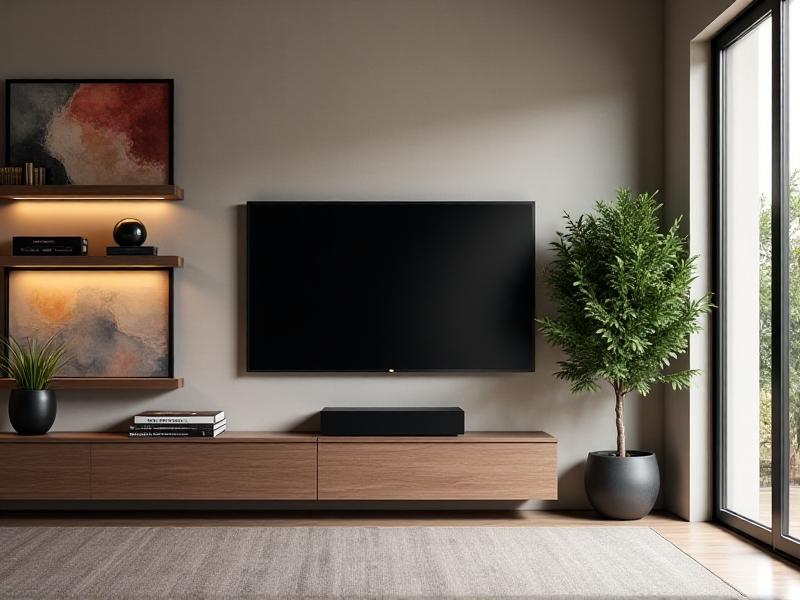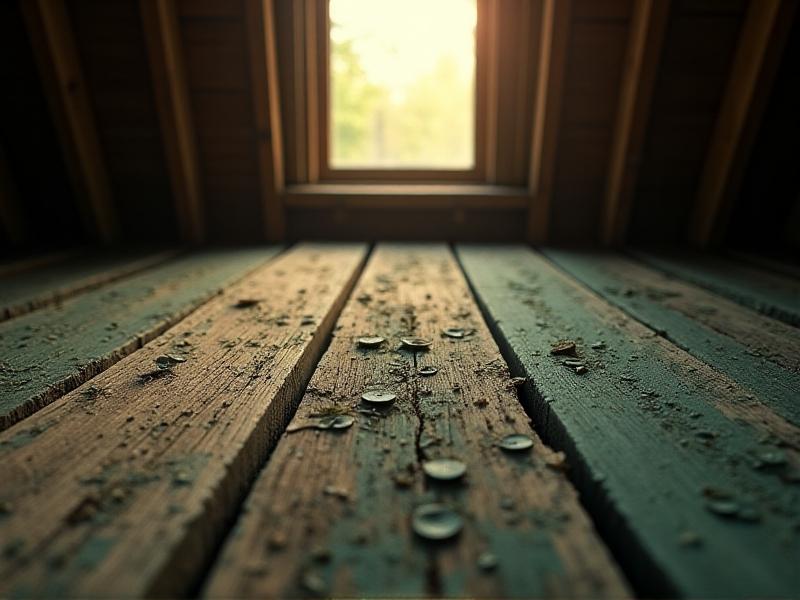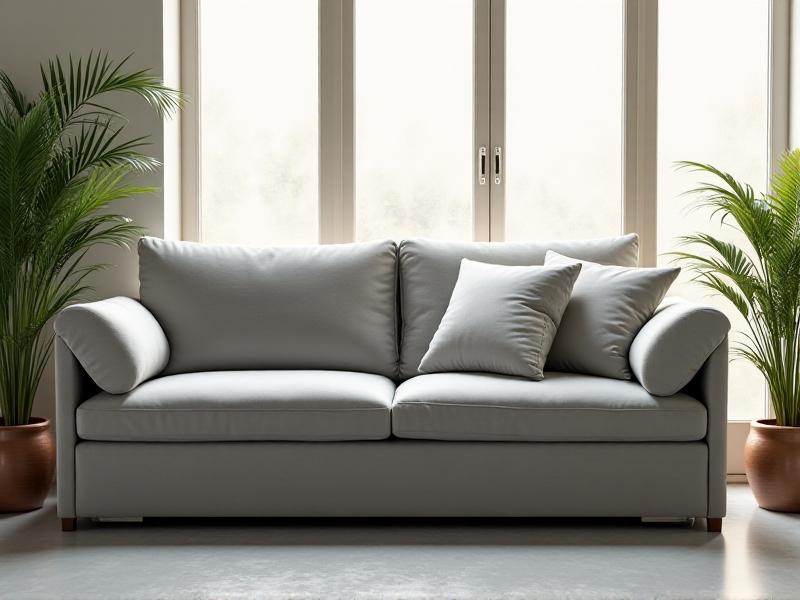Milk Paint Renaissance: Non-Toxic Finishes with Vintage Appeal
The Timeless Allure of Milk Paint: History Meets Modern Craftsmanship
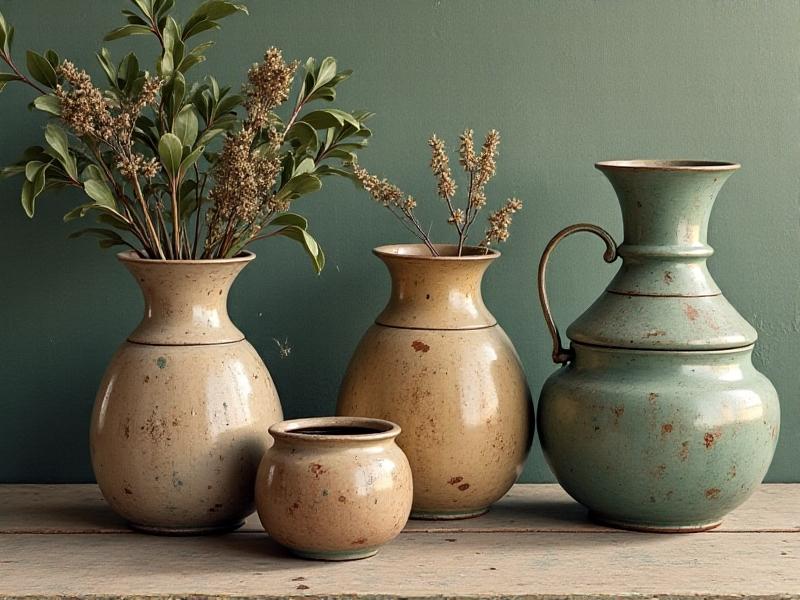
Milk paint’s origins trace back thousands of years, with evidence of its use in ancient Egyptian tombs and medieval European furniture. Made from simple ingredients—casein (milk protein), lime, and natural pigments—it was the go-to finish for artisans before synthetic alternatives emerged. By the mid-20th century, milk paint had nearly vanished, overshadowed by faster-drying, mass-produced options. Yet, its revival began in the 1970s as woodworkers and preservationists sought authentic finishes for restoring antiques. Today, brands like The Real Milk Paint Co. and Old Fashioned Milk Paint blend traditional recipes with modern quality control, offering vibrant hues while preserving its storied legacy. This marriage of old-world charm and contemporary reliability makes it a favorite among eco-conscious designers and vintage enthusiasts alike.
Why Milk Paint is Reclaiming the Spotlight: Eco-Conscious Design in the 21st Century
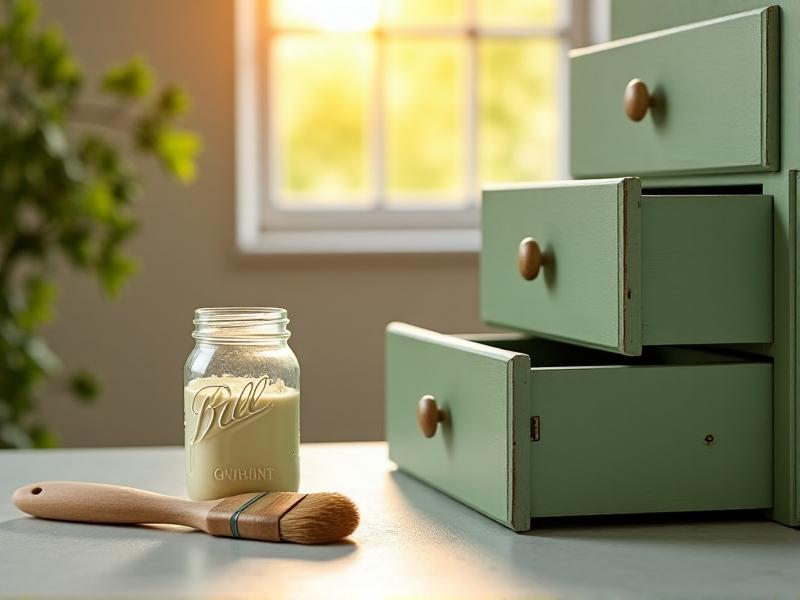
As consumers prioritize sustainability, milk paint has surged in popularity for its minimal environmental footprint. Unlike conventional paints packed with volatile organic compounds (VOCs), milk paint contains no harmful solvents. Its biodegradable formula breaks down safely, reducing landfill waste. Moreover, the production process requires less energy compared to synthetic paints. Interior designers and homeowners are drawn to its safety—ideal for nurseries, kitchens, and furniture—where chemical off-gassing poses risks. The rise of the "slow decor" movement, which values craftsmanship and mindful consumption, further fuels demand. By choosing milk paint, creators align with a philosophy that respects both heritage and planetary health.
Milk Paint vs. Conventional Paints: A Healthier Choice for Homes and Artisans
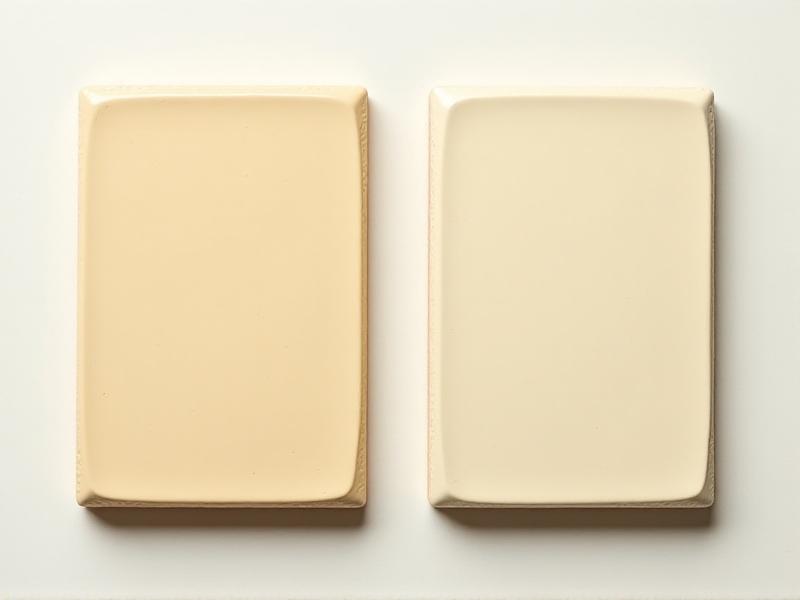
Conventional acrylics and latex paints dominate shelves, but their convenience comes at a cost. Many contain formaldehyde, ammonia, and VOCs linked to respiratory issues and environmental harm. Milk paint, conversely, uses food-grade ingredients, making it safe for skin contact and indoor air quality. Its porous finish allows wood to breathe, preventing moisture buildup that leads to warping. However, milk paint’s unique properties require a learning curve: it bonds best with porous surfaces and often requires a bonding agent for slick materials like metal. For artisans willing to embrace its quirks, the payoff is a durable, non-toxic finish that ages gracefully, developing a patina modern synthetics can’t replicate.
Mastering the Art of Milk Paint Application: Tips for Achieving the Perfect Vintage Finish
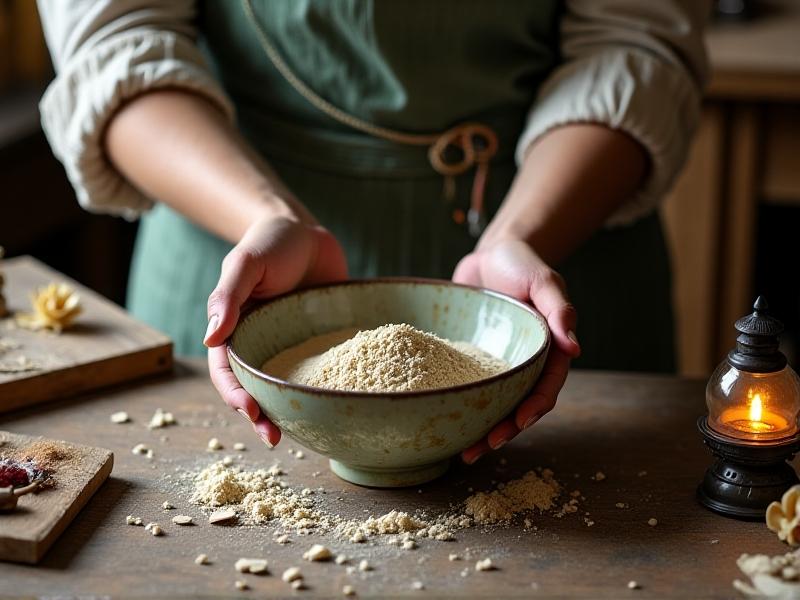
Milk paint’s powdered form requires preparation—mixing with water to achieve a creamy consistency. Thin layers work best; multiple coats enhance depth without obscuring wood grain. For a distressed look, lightly sand edges after drying or apply a wax sealant to soften chipping. Experienced users recommend testing colors on scrap wood, as hues dry lighter and vary by surface porosity. Brushstrokes matter: uneven application leans into its handcrafted appeal. Projects like French-country cabinets or farmhouse tables benefit from its matte, velvety texture. Embrace imperfections—subtle cracks and color variations aren’t flaws but hallmarks of authenticity.
The Aesthetic Versatility of Milk Paint: From Rustic Charm to Refined Elegance
Though synonymous with rustic decor, milk paint adapts to diverse aesthetics. Thinly applied washes create a translucent, watercolor effect on shaker-style chairs, while layered coats offer bold saturation for modern statement pieces. Mixing custom colors is simple—blend pigments like ochre or charcoal for earthy tones or opt for pre-mixed pastels. For a polished look, top coats of hemp oil or beeswax add subtle sheen. High-end designers even use milk paint on walls, pairing its breathability with historic home restoration. Whether aiming for cottagecore whimsy or Scandinavian minimalism, this medium bridges eras and styles effortlessly.
Sustainability in Every Stroke: How Milk Paint Reduces Environmental Impact
Milk paint’s eco-credentials are unmatched. The primary ingredient, casein, is a renewable resource derived from milk byproducts that would otherwise go to waste. Production generates negligible carbon emissions, and packaging often uses compostable materials. At the end of its lifecycle, milk paint doesn’t leach toxins into soil or waterways. Smaller brands frequently partner with local dairies and mineral suppliers, supporting circular economies. For consumers, choosing milk paint isn’t just about aesthetics—it’s a vote for regenerative practices. As greenwashing plagues the paint industry, milk paint’s transparency offers a trustworthy alternative.
The Future of Milk Paint: Innovations and Expanding Applications in Design
Emerging technologies are pushing milk paint beyond furniture. Researchers are experimenting with additives to improve adhesion on non-porous surfaces like glass and metal, while others develop fire-retardant variants for commercial use. Bio-based binders could enhance durability for high-traffic spaces without compromising safety. Meanwhile, digital communities share techniques for achieving metallic finishes or marbled effects. As demand grows, expect broader color ranges and ready-to-use liquid formulas. Milk paint’s renaissance is just beginning—proof that sometimes, the best way forward is to look back.

